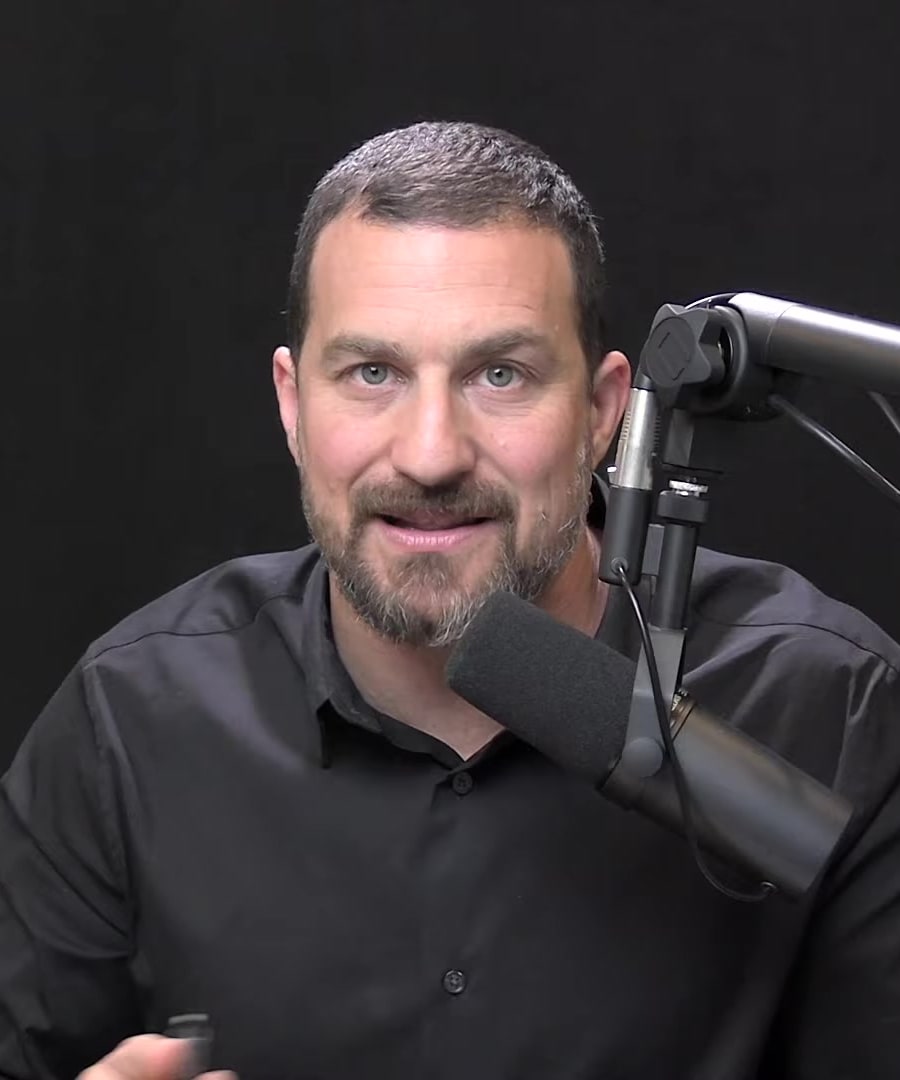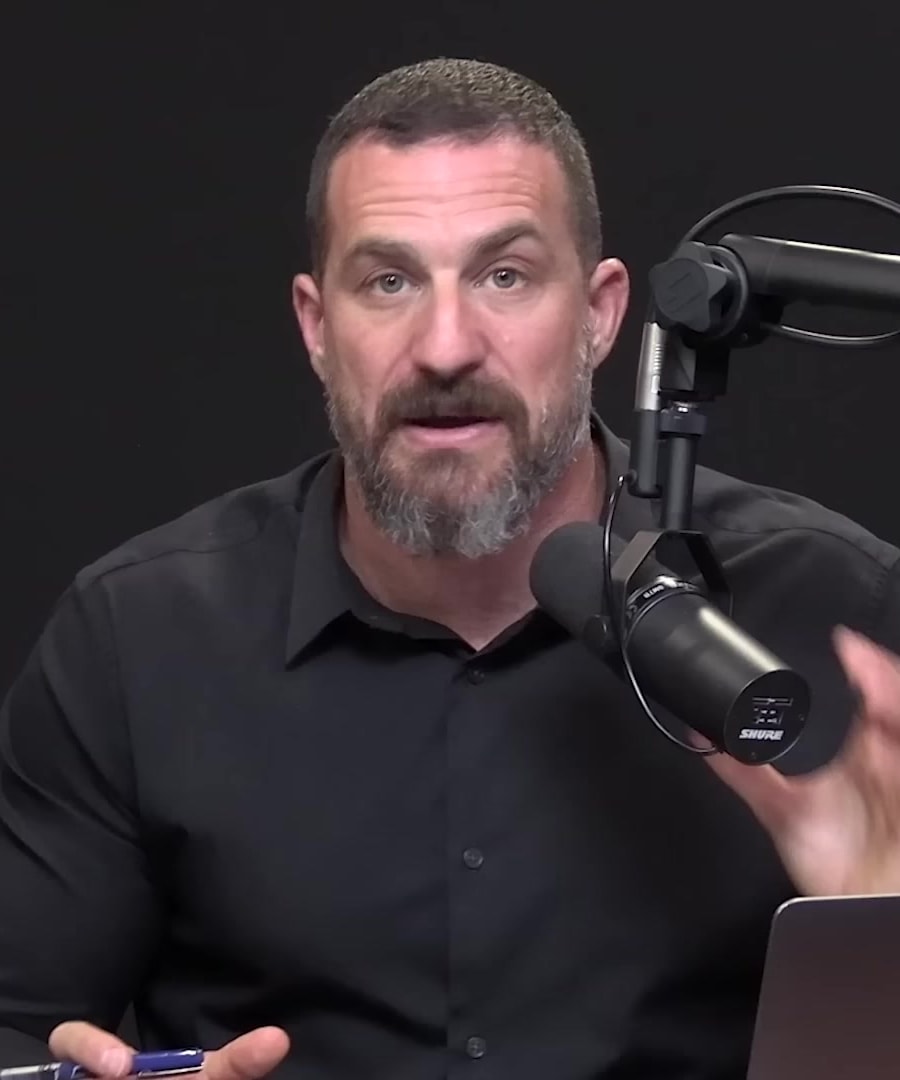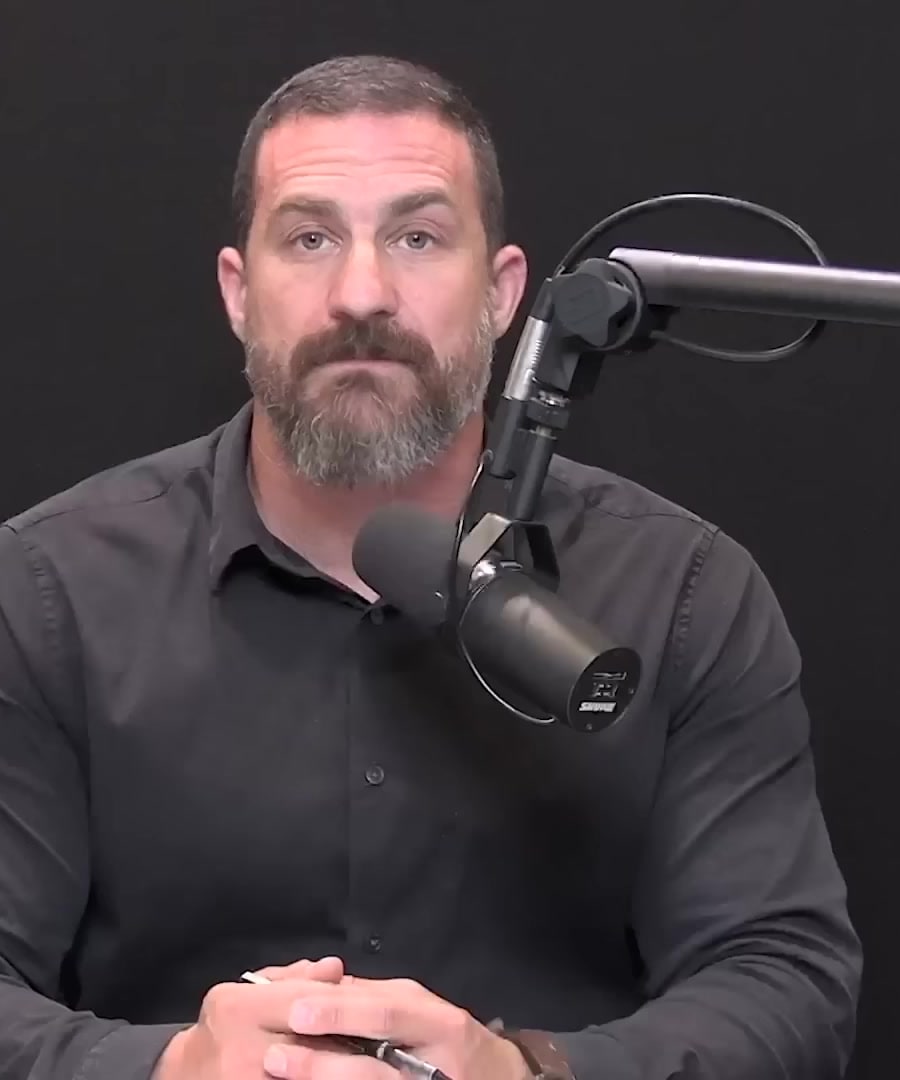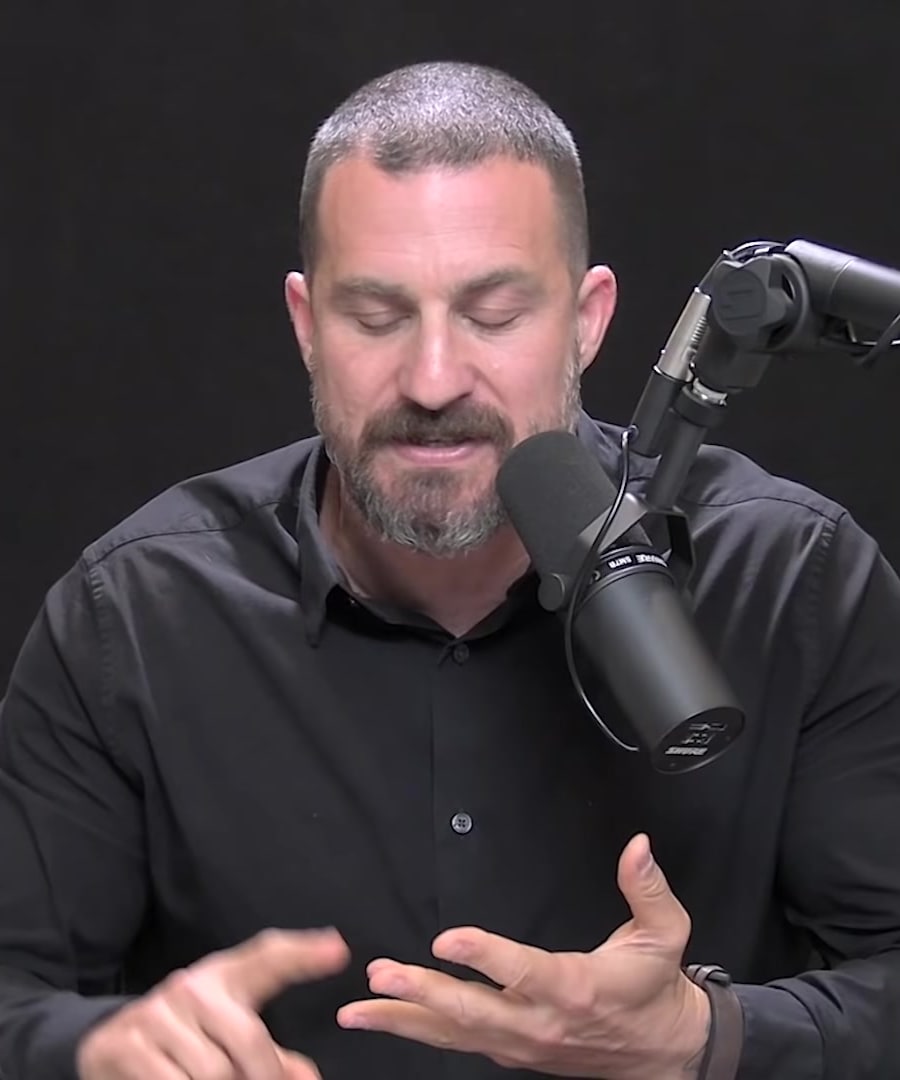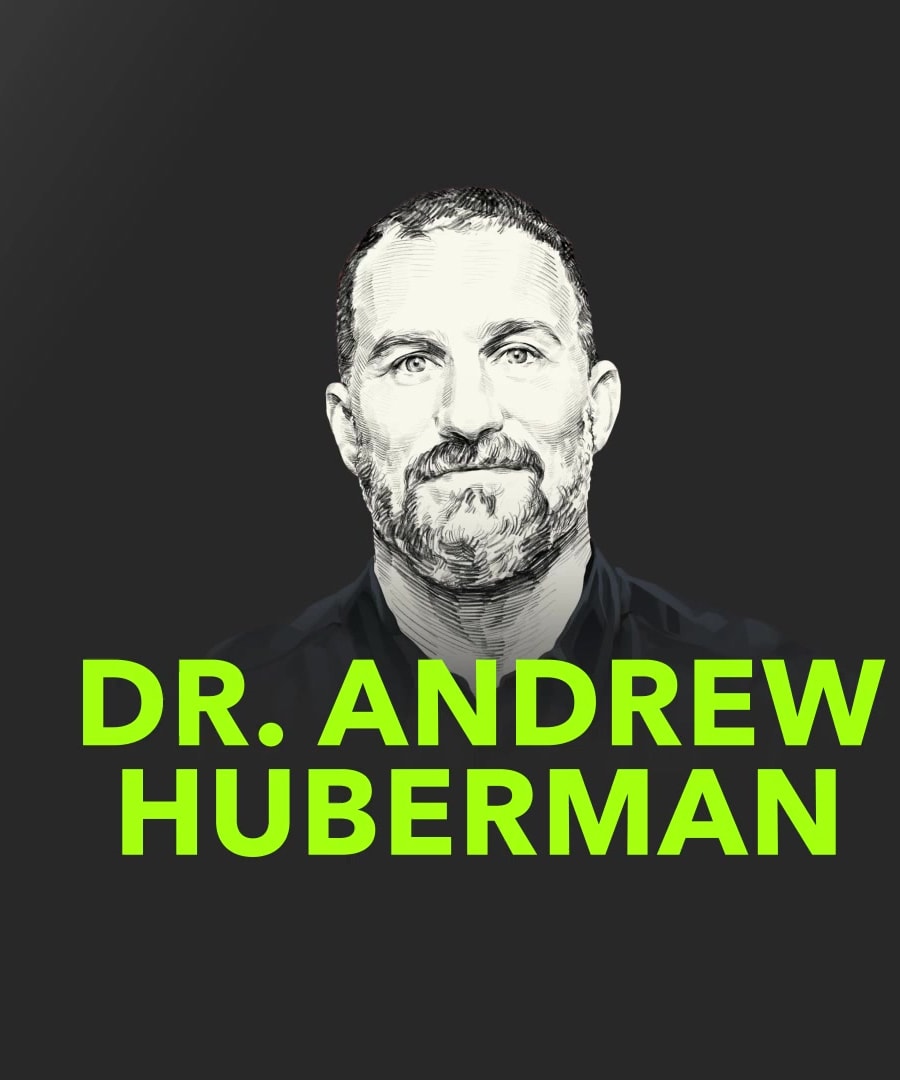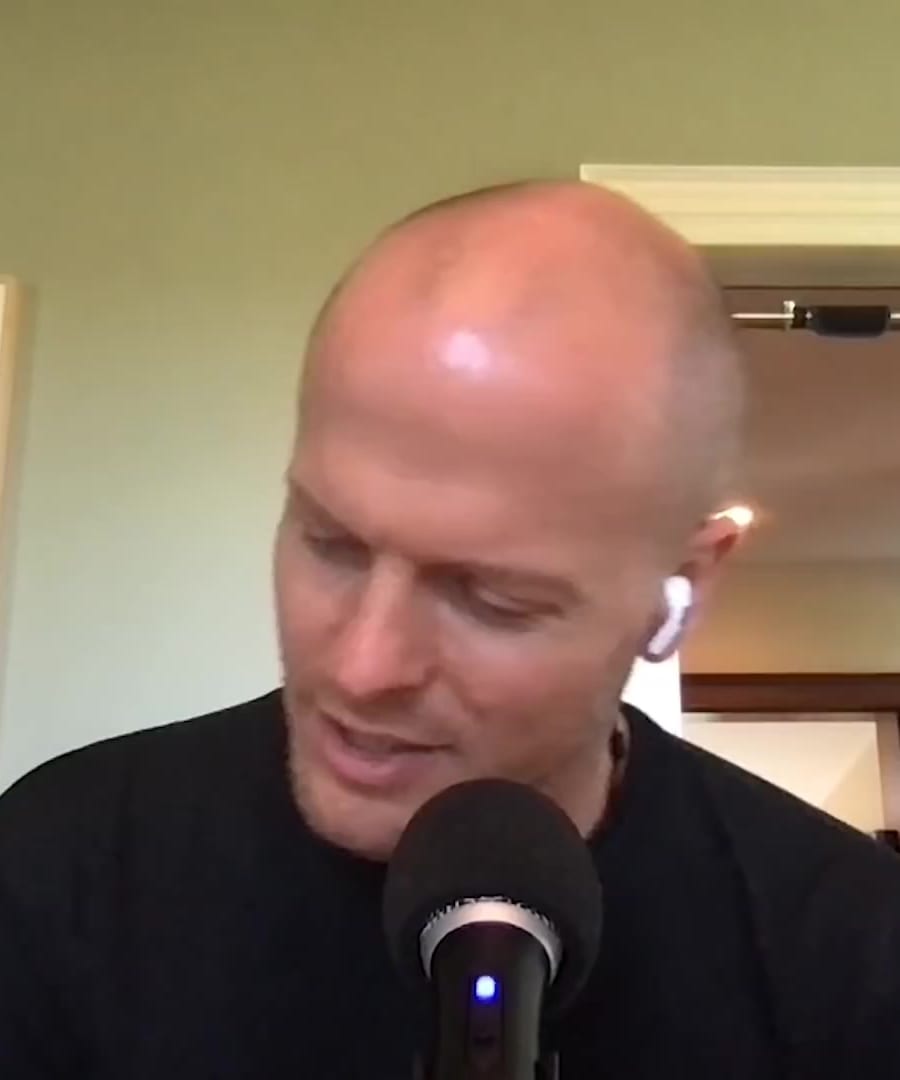What protocols are recommended for improving sleep?
Sources:
To improve sleep, the has discussed several protocols and tools, including:
- Sleep hypnosis using apps like Reverie to aid in falling asleep quickly, staying asleep, and falling back asleep if waking up in the middle of the night 1.
- Utilizing Timeshifter for travel-related jet lag 2.
- Elevating the head of the bed for acid reflux 2.
- Myofunctional therapy, which involves tongue exercises, for snoring and REM sleep issues 2.
- Keeping only two activities (sleep and sex) confined to the bed to reduce problems with falling asleep or insomnia 2.
- Non-sleep deep rest (NSDR) protocols like yoga nidra or clinically tested hypnosis to teach the nervous system how to turn off thoughts and promote sleep 3 4.
- Emphasizing the importance of getting enough quality sleep for cognitive and physical performance 3.
- Being cautious not to get neurotically attached to a sleep schedule to avoid sleep anxiety and learning how to use NSDR to calm the nervous system 4.
- Optimizing exercise timing like exercising first thing in the morning, around three hours after waking, or 11 hours after waking to reduce injury and enhance performance 5.
It is always recommended to try out these behavioral and environmental adjustments before jumping to substances or supplements. However, if looking to explore supplements to help with sleep, the suggests trying single ingredient formulations like Magnesium Threonate or Apigenin and assessing how they benefit your sleep over a week 6.
When making changes to your sleep protocols, it's essential to do so systematically, avoid dramatic changes to your overall nutrition or supplementation, and see if combinations work even better. Supplements should be used as an opportunity to understand how individual ingredients impact your sleep and overall well-being 6.
RELATED QUESTIONSTell me more about Non-sleep deep rest (NSDR) protocols.
Sources:
Non-Sleep Deep Rest (NSDR) is a set of protocols designed to guide the brain and body into a state of deep relaxation and recovery, which can be immensely beneficial for individuals seeking better sleep, anxiety relief, restoration of dopamine levels for motivation, and cognitive function. has shared information on NSDR and its applications on the :
-
NSDR as a Restorative Tool: NSDR practices can help individuals learn to relax in real-time and recover from a lack of sleep, restoring levels of dopamine crucial for motivation and cognitive control. It has been validated through peer-reviewed science to provide neurochemical, physical, and psychological benefits. NSDR is particularly recommended to people with sleep or anxiety issues and those looking to enhance their focus for work 1.
-
Practices Under NSDR: The term NSDR is an umbrella for various practices, including meditation, yoga nidra, and hypnosis. These protocols share a shift towards deeper relaxation. Hypnosis has been highlighted as a significant NSDR protocol due to its ability to accelerate plasticity and learning 2.
-
Accessibility of NSDR Scripts: There are many free NSDR resources, like scripts, that people can use to experience the protocol. provides a free NSDR script on Virtusan's YouTube channel. The NSDR scripts incorporate elements like long exhale breathing and move away from thinking and planning to focus on pure sensation 1.
-
Distinguishing NSDR from Yoga Nidra: NSDR is similar to yoga nidra but without intentions or mystical components, making it more generic and accessible. This is intentionally done to make the protocol approachable for those who may be put off by complex language or terms associated with specific communities 3.
-
Use Cases and Timing for NSDR: NSDR can be done during various times of the day, such as upon waking, during the day, or after waking up in the middle of the night. It is recommended when one has not slept well or is feeling stressed 4.
-
Impact on Neuroplasticity: NSDR practices such as yoga nidra or hypnosis have been shown to not only facilitate deeper rest but also enhance rates of learning and neuroplasticity 5.
-
Boost in Dopamine Levels: NSDR protocols can lead to substantial increases in dopamine available within certain areas of the brain. In a reported study, participating in a yoga nidra, which fits under NSDR protocols, led to a 60% increase in dopamine levels as compared to a control group 6.
-
Enhancing Working Memory: By utilizing certain NSDR protocols, it is possible to increase dopamine stores within the brain, which are important for working memory performance 7.
These NSDR protocols are free to access, and they offer an evidence-based approach to relaxation and recovery that can complement a variety of lifestyles and needs.
RELATED QUESTIONS-
How can I practice NSDR protocols?
Sources:
To practice NSDR (Non-Sleep Deep Rest) protocols, you can follow these steps based on the information from :
-
Find the Right Environment:
- Choose a calm and quiet space where you'll be undisturbed.
- Get into a comfortable position, either lying flat on your back or sitting down.
-
Breathing Exercises:
- Focus on your breath and engage in long exhale breathing to initiate the relaxation response.
-
Use a Guided Script:
- Listen to an NSDR script. You can access a 10-minute NSDR protocol read by on Virtusan's YouTube channel. Simply search for "Huberman NSDR" on YouTube to find the script 1.
- Other NSDR scripts are also available on platforms like Spotify and YouTube.
-
Body Scan:
- Some scripts include a body scan, guiding you to focus on and relax each part of your body sequentially.
-
Consistency:
- You can practice NSDR at any time of the day, such as upon waking up, during the day for a restorative break, or after waking in the middle of the night 1.
-
Engage with Accessibility and Flexibility:
- The protocol provided is non-spiritual and non-mystical, focusing on the science behind the relaxation techniques, making it accessible regardless of one's background in meditation or other relaxation practices 2.
- If you fall asleep during the NSDR practice, that's okay, and if you don’t, you will still find it restorative.
-
Explore Different Types of NSDR:
- Hypnosis is highlighted as a significant NSDR protocol due to its ability to accelerate plasticity and learning within the brain. You can explore various forms of guided hypnosis focused on relaxation 3.
Remember that the goal of NSDR is to achieve deep relaxation without falling asleep. This helps restore your ability to perform mental and physical work, recover from inadequate sleep, and restore levels of dopamine in areas of the brain involved in motivation and cognitive control. It's a versatile tool that can be incorporated into your daily routine for various benefits.
RELATED QUESTIONS-
What protocols are recommended for improving sleep?
- RELATED QUESTIONS
Tell me more about Non-sleep deep rest (NSDR) protocols.
- RELATED QUESTIONS
How can I practice NSDR protocols?
- RELATED QUESTIONS



